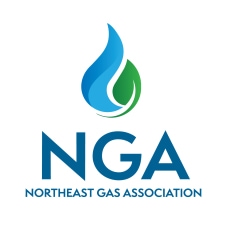PSMS Lessons Learned - Interconnected - August 2024
PSMS Lessons Learned – August 2024
Pipeline Safety Activities are Interconnected – Just Like our Pipes!
Pipeline safety is closely tied to accurate Maps, Records, Documentation, and Situational Awareness. Maps and records provide essential information about pipeline locations, valves, and installed conditions, while documentation ensures that all safety procedures, procedures and work methods, and asset performance history are memorialized and provide a conformance record. Situational awareness facilitates a technicians’ understanding of actual field conditions and potential risks.
If any uncertainty arises—whether due to inaccurate / unclear maps, incomplete documentation or records, or unexpected field conditions—workers are empowered to Stop the Job to prevent unintended consequences. This practice ensures that safety remains the top priority, and we are safety empowered with all elements working together to minimize personal, pipeline and process safety risk while maintaining the integrity of the pipeline.
In summary, these elements are interconnected and collectively contribute to a safety-first / safety empowered approach in pipeline operations.
Description of Event:
A technician responding to a damaged service line attempted to shut off the service valve to make the situation safe. A valve, assumed to be the service valve, was located, and closed by the Tech. After observing that the blowing gas was not slowing, the Tech proceeded to reopen the closed valve. The Tech consulted with their supervisor who notified them that the valve that was closed was a main line valve and not the service valve. The Technician proceeded to check pressures in surrounding houses to verify no loss of gas pressure, and the supervisor notified Gas Control.
Root Cause(s) and Contributing Factor(s):
Primary Causal Factor: Tech operated valve without checking and verifying required information including maps & records, valve identification number.
Root Cause: Standard procedures not adhered to; records not verified prior to operation of valve
Key Corrective Actions:
Use this event as a critical learning opportunity to reinforce training of crews on the use of maps & records, as well as the importance of verifying all applicable information prior to operation of a valve. Consider implementing third party-communications protocol prior to closing a valve to verify identification as a supplemental layer of protection.
Key Lessons Learned:
Before operating any valve, ensure you have referenced all applicable information (Maps, Service Records, Valve Tickets, etc.) to make certain you have the awareness to be successful in your operations. If there is ever doubt around performing specific job tasks, STOP, don’t Assume, and contact a supervisor before continuing work.


